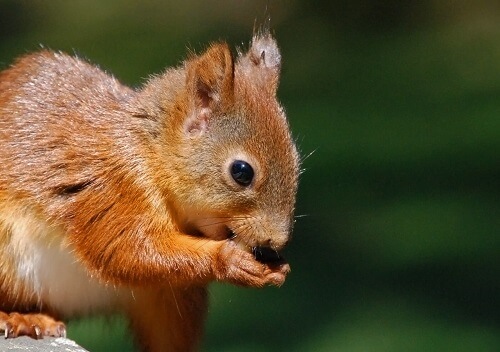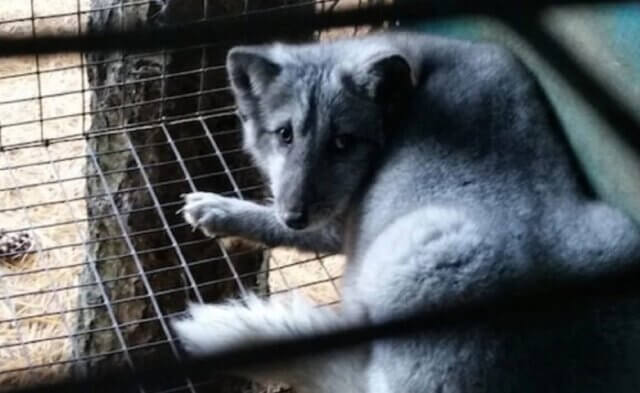Early one morning, I was awakened by a sound that no homeowner wants to hear: chewing. Something, or rather someone, was in the attic, noisily munching away.
Although it can be unsettling to realize that you’re sharing your home with a family of squirrels or mice, we can’t really blame these animals for seeking shelter when snow and ice (or the dog days of summer) descend. After all, animals want the same things we do: food, a safe place to raise a family and a cozy spot to sleep. We can—and should—deal kindly with such uninvited guests.
The first step is to grab a flashlight and try to determine where and how animals are entering your home. Thoroughly inspect your attic and eaves to find openings where squirrels can enter and exit. Look for cracks in the foundation, gaps around doors left by worn weather stripping or spots where cables run through walls—all of which look like an open door to a rat or mouse. Mice can squeeze through holes as small as a dime!
Next, encourage the animals to move out on their own by making your home inhospitable. Eliminate food sources by keeping counters and floors free of crumbs and storing food in chew-proof containers. Seal trash containers (use bungee cords on lids), pick up your animal companions’ food at night and never feed them outdoors. Eliminate hiding places by keeping grass and vegetation trimmed back and stacking firewood away from buildings. Trim overhanging tree limbs to prevent easy access to your roof.
To encourage a speedy evacuation, keep a radio on around the clock, leave on a bright light and/or set out rags or cotton balls soaked in ammonia (which smells as bad to squirrels, mice and rats as it does to us) in areas that animals frequent. Wait until the breeding season has ended before sealing up any holes so that you don’t inadvertently trap baby squirrels inside.

Whatever you do, don’t resort to cruel glue traps or poisons. Animals caught in glue traps struggle mightily, tearing flesh, breaking bones and becoming more entangled in the adhesive, only to die from shock, dehydration or asphyxiation. Both poisons and glue traps can cause animals to suffer for days before finally dying.
Lethal methods also backfire. When individuals are killed off, the sudden spike in the food supply prompts the remaining animals and any newcomers to breed at an accelerated rate. The only effective solution is to seal entry points and eliminate animals’ food sources.
Several years ago, author Gregg Levoy wrote an essay in The Washington Post explaining his decision to live in harmony with his wild neighbors:
“I cannot shake the feeling that somewhere there is a tally being kept of these things—my cruelties, my compassions—and that it will make a difference somewhere down the line when I go to cash in my chips. Besides, there is a slight question, in my mind, of relativity. Who is the pest here, me or the mouse?”
We humans encroach upon animals’ homes daily with our housing developments and strip malls. The least we can do is show them a little kindness when they inadvertently encroach upon ours.





